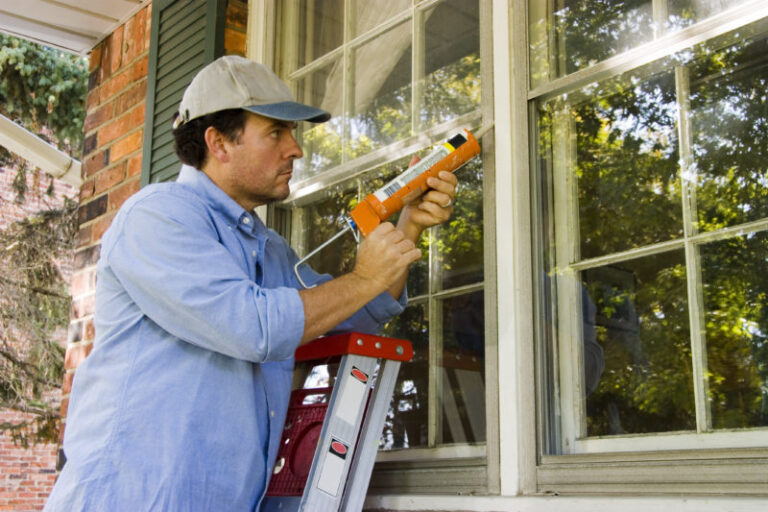Leaks from doors, windows and other areas in your home may not be as obvious as oil dripping from the bottom of your car, but the consequences of thermal envelope leaks can be just as costly. During the winter in Montgomery, Alabama, you don’t want to lose all of your home’s warm air to a leak in a thermal envelope. Seal your home’s thermal envelope to preserve its efficiency and comfort by winterizing your attic, doors and windows.
What Is a Thermal Envelope?
A thermal envelope refers to the parts of your home that keep the conditioned from being affected by outdoor air. It is in effect, those features that separate the air inside your home from the air outside. When referring to a thermal envelope, the main parts of the home considered are the windows, doors, walls, and the insulation.
Over time, or as a result of poor construction, leaks and gaps form in the thermal envelope, and indoor air will escape through these leaks. Escaped warm air impacts comfort in the home and reduces the efficiency of your HVAC system. Thermal envelope leaks also allow cold air from outside to enter your home. Leaks most often occur around windows, doors, and in the attic.
Seal Inside the Attic
Attic leaks most often occur around recessed lighting, plumbing pipes, electrical outlets and in the floor and walls. The type of insulation needed will be determined by factors including the layout of the space. Our technicians will help you to select the right amount and type of insulation.
Roll out blanket insulation will keep the warm air from escaping from the ceiling of the rooms below, so it stays where it belongs. In areas where blanket insulation won’t work, you will be able to find other suitable types of insulation. Spray expanding foam around outlets and plumbing pipes where leaks appear.
Expanding foam, however, won’t fix your problem with recessed lighting cans that don’t fit in their places tightly enough. If you’re especially concerned about air escaping around these cans, replace them with cans that are more airtight.
Finally, seal off the access hatch by placing weatherstripping along the inside. Once you’ve completed these tasks, your attic will be airtight, and your home’s thermal envelope will be more effective in helping you to manage heating efficiency.
Seal Around Doors and Windows
While your attic can play a major role in thermal envelope leaks, this area of the home is not the only place that deserves attention if you want to keep your home’s indoor air where it belongs. Once you’ve placed the finishing touches on the attic’s access hatch, move to the windows and doors around your home. You can identify leaks around doors and windows by conducting visual inspections or by feeling for drafts.
Seal off doors by placing weatherstripping along the door frame where the door doesn’t fit tightly. Around windows, a layer of caulk should do the trick. Some older windows, however, simply do not close properly anymore. In these cases, you should consider having the windows replaced. Windows that are not sealed will only let cold air inside your home. They will also lead to indoor air quality problems by making it easy for particles and contaminants to enter your home.
Once you’ve completed these simple steps to seal your thermal envelopes, you will see a marked difference in indoor air quality and comfort. These measures will make your home more comfortable and create a more energy-efficient living space. You may not see immediate results, but you’re bound to notice a drop in your home’s monthly utility costs. For more help with improving the energy efficiency of your home’s HVAC system, call a member of our Air Conditioning by Luquire team at 334-230-5870.
Image provided by Shutterstock


